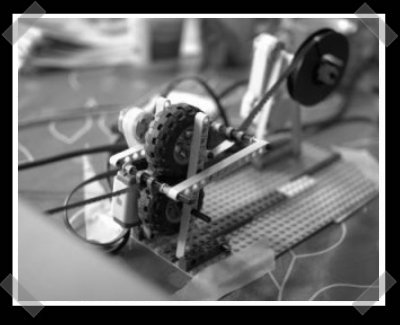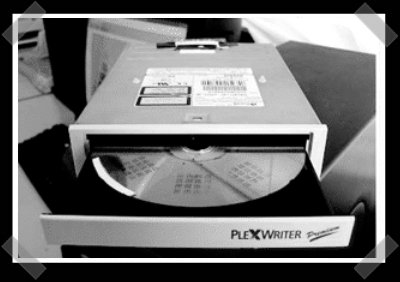
We recently posted a story about a 130 Megapixel camera made from a scanner. We’ve recently discovered a better view of the internals. While there aren’t a ton of details. This should be sufficient to get your own hacked together.

We recently posted a story about a 130 Megapixel camera made from a scanner. We’ve recently discovered a better view of the internals. While there aren’t a ton of details. This should be sufficient to get your own hacked together.
[youtube=http://www.youtube.com/watch?v=Pn9ZoaPIHQc]
Made from a 1200 dpi epson scanner and a manual focus canon lens, this camera captures 130 Megapixel images. With a resolution of 13,068 x 10,173, these pictures are very detialed. You can see some examples in his flickr set. It doesn’t look like they’re the full size originals though. If you want to build your own, here’s a good start. Keep in mind that it’s from 2004 though.

[Daniel] sent us his entry to the Epilog laser cutter challenge on instructables. He made a book scanner, mainly out of found parts. The bulk of the project was salvaged from dumpsters, though if you’re not comfortable with that, the free section of craigslist might be able to do the job. The cameras are loaded with CHDK, using StereoData maker, and custom software to compile the images into PDFs. They did a fantastic job of documenting every step of the construction, including helpful tips for some of the more complicated parts. There are several videos in the instructable, so be sure to check them out. We’re particularly amused by the extra step of making the photo captions visually interesting. At 79 steps, it’s a long read, but well worth it.

[Murray484] submitted his instructable on how to create a stepper motor controller from an old scanner. He removed the motor and controller from an old scanner then harvested the parts. He’s pretty much starting over, taking the ULN2003 chip from the scanner motor controller and putting it on a fresh board. He then wired it all up, installed the software and got it working. Finally, he built a container out of cardboard for it all. Though he could have made it nicer looking and used higher quality building materials, he was trying to make this a “green” project for the epilog laser cutter contest. He’s done a good job recycling, this could be pretty useful.

[Virgil] presented the next version of Wikiscanner at The Last HOPE today. To build the original Wikiscanner, he scanned the monthly database dump of anonymous edits and compared that against a purchased list of known company IP addresses. The 34.5 million edits account for nearly 21% of all edits. The idea was to unearth businesses and groups white washing critical pages. This only handles anonymous edits though. Users could log in to avoid having their IP reversed.
In the new version, [Virgil]’s team developed a Poor Man’s CheckUser. If you spend too much time editing a talk page, your session could end and when you hit save it attaches your IP. Most regular users will then log in and remove their IP. They found 13,000 username/IP address pairs by searching for IPs being removed and replaced with usernames. These are some of the most active users. Using this list, they could potentially uncover sockpuppets or potential collusion by top editors.

[edocronian] sent in this interesting mindstorm hack. [Harri] had several Super8 reels that he shot during the 80s. His kids put together this mindstorm NXT transport mechanism, and he did the rest with linux. The lego’s pull the reel across an Epson scanner, and some linux hacks run the scanner, identify the frames, and reconstruct the film. Unfortunately, [Harri] didn’t release any of the software hacks he used to pull it off.

[bodiby] was first to send in this New Scientist article about converting a DVD drive into a lab scanner. I did some digging and came up with the details. Here’s the paper describing the process and results. Here’s a basic schematic and description of the mod. A set of samples is placed onto a CDR. A photo sensor is used to locate the samples on the CD, while the laser is fired through each sample. A planar photodiode is used to measure the attenuation of the laser as it’s transmitted through each sample. Sadly, I couldn’t find any details on the custom control electronics.